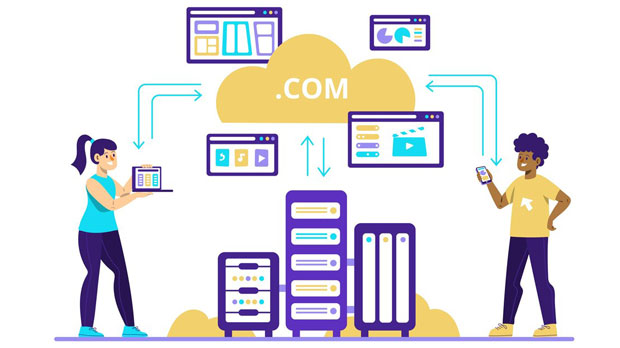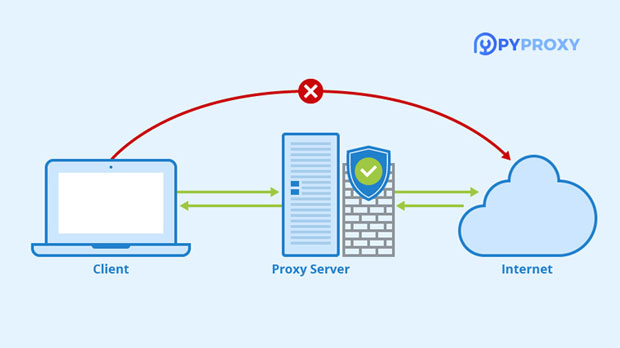The pricing of Proxy Web Browser HTTP packages can vary significantly depending on several factors such as the features provided, the level of security, the type of proxy, and the amount of data required. When evaluating these packages, it's essential for customers to consider their specific needs, including the number of proxies, geographical locations, bandwidth, and the type of support services offered. Typically, providers offer various tiers of pricing that cater to different business sizes and requirements, ranging from affordable, basic packages for personal use to premium options designed for large-scale commercial operations. What Are Proxy Web Browser HTTP Packages?Proxy Web Browser HTTP packages refer to a set of services offered by proxy providers to allow users to access the internet indirectly through an intermediary server. These packages offer several features that vary based on user requirements, such as anonymity, security, and the ability to bypass regional restrictions. HTTP proxies are particularly useful for browsing websites, scraping data, managing multiple accounts, and accessing geo-restricted content. These services can be essential for businesses engaged in digital marketing, research, or web scraping, as they enable users to perform these activities without revealing their actual IP address or encountering content limitations.Key Factors That Affect the Pricing of Proxy Web Browser HTTP PackagesThere are several key factors that can influence the cost of a Proxy Web Browser HTTP package. Understanding these can help you make an informed decision based on your needs and budget.1. Type of ProxyThe type of proxy being offered plays a major role in determining the pricing of HTTP proxy packages. Common types of proxies include:- residential proxies: These are IP addresses assigned to real devices, making them harder to detect as proxies. They are typically more expensive due to their higher level of anonymity and security. - datacenter proxies: These are created in data centers and are typically faster and more affordable, but they are easier to detect and block. - Mobile Proxies: Mobile proxies provide IP addresses from mobile carriers and are highly effective for accessing mobile-specific content or avoiding restrictions on mobile devices. These tend to be more expensive due to the need for mobile network infrastructure.Each type offers a unique advantage, and your choice will influence the cost significantly.2. Number of ProxiesAnother critical factor affecting the price is the number of proxies you need. Providers often offer tiered packages based on the number of proxies:- Basic Packages: These packages are intended for individuals or small businesses with fewer needs, offering a small pool of proxies at a lower cost. - Large Scale Packages: Larger businesses or enterprises may need a more substantial number of proxies to handle higher data volumes, which will typically come at a higher price due to the increased infrastructure.Additionally, packages that offer access to more proxies typically come with enhanced features, such as better support, faster connection speeds, and additional security measures, which further influence the price.3. Geographical LocationsThe geographical locations of the proxies you require can also influence the cost. Providers often have proxies located in specific countries or regions. The cost may vary based on:- Global Coverage: If you need proxies in various countries, especially in high-demand regions like the United States or Europe, you may pay a premium for access to these locations. - Local Proxies: On the other hand, if you're looking for proxies within specific regions or countries, the pricing may be less because the demand for such proxies may be lower.If your business requires extensive global coverage, it is essential to consider this factor, as international proxies tend to be more expensive.4. Bandwidth and SpeedThe bandwidth and speed of your Proxy Web Browser HTTP package will also affect its price. Higher bandwidth and faster speeds are often associated with higher costs. This is particularly important for businesses engaged in data scraping, web crawling, or high-volume online activities, as fast and reliable connections are critical to achieving efficiency.- High-Speed Packages: These are designed for enterprises and businesses that require a reliable and fast connection. They come at a higher price point, but they offer consistent and superior performance.- Low-Speed Packages: For personal use or small-scale activities, these packages may be more affordable but may come with bandwidth limitations or slower speeds.5. Security Features and Support ServicesSecurity and customer support are other critical aspects influencing the cost of Proxy Web Browser HTTP packages. Many proxy providers offer enhanced security features such as encryption, DDoS protection, and authentication systems, which come at a premium price. These security measures are particularly important for businesses handling sensitive data or requiring high privacy standards.Furthermore, providers that offer 24/7 customer support and technical assistance may charge higher fees for their services. Premium customer support ensures that any issues are resolved promptly, minimizing downtime and preventing potential losses.6. Usage and FlexibilityThe usage limits and flexibility of the HTTP proxy package you choose can have a significant impact on the price. Some providers offer unlimited usage, while others impose daily or monthly traffic limits. The more flexible the package (e.g., unlimited bandwidth, multiple concurrent sessions, etc.), the higher the price. Additionally, you should consider how long you will need the proxy service and whether the provider offers subscription options for short-term or long-term use.Conclusion: Making the Right Choice for Your NeedsIn summary, the pricing of Proxy Web Browser HTTP packages is influenced by several factors, including the type of proxy, the number of proxies, geographical locations, bandwidth, speed, security features, and customer support. When selecting a package, it's essential to assess your specific requirements—whether you're an individual looking for a simple solution or a large business that needs high performance and security.To get the best value from your Proxy Web Browser HTTP package, it’s crucial to balance your budget with the features that matter most to you. If you're unsure of your needs, it's worth considering a trial package to test the service before committing to a long-term contract. By understanding the pricing structure and the factors that influence costs, you can make an informed decision that meets your needs and ensures you receive the best value for your investment.
Jul 21, 2025



































































